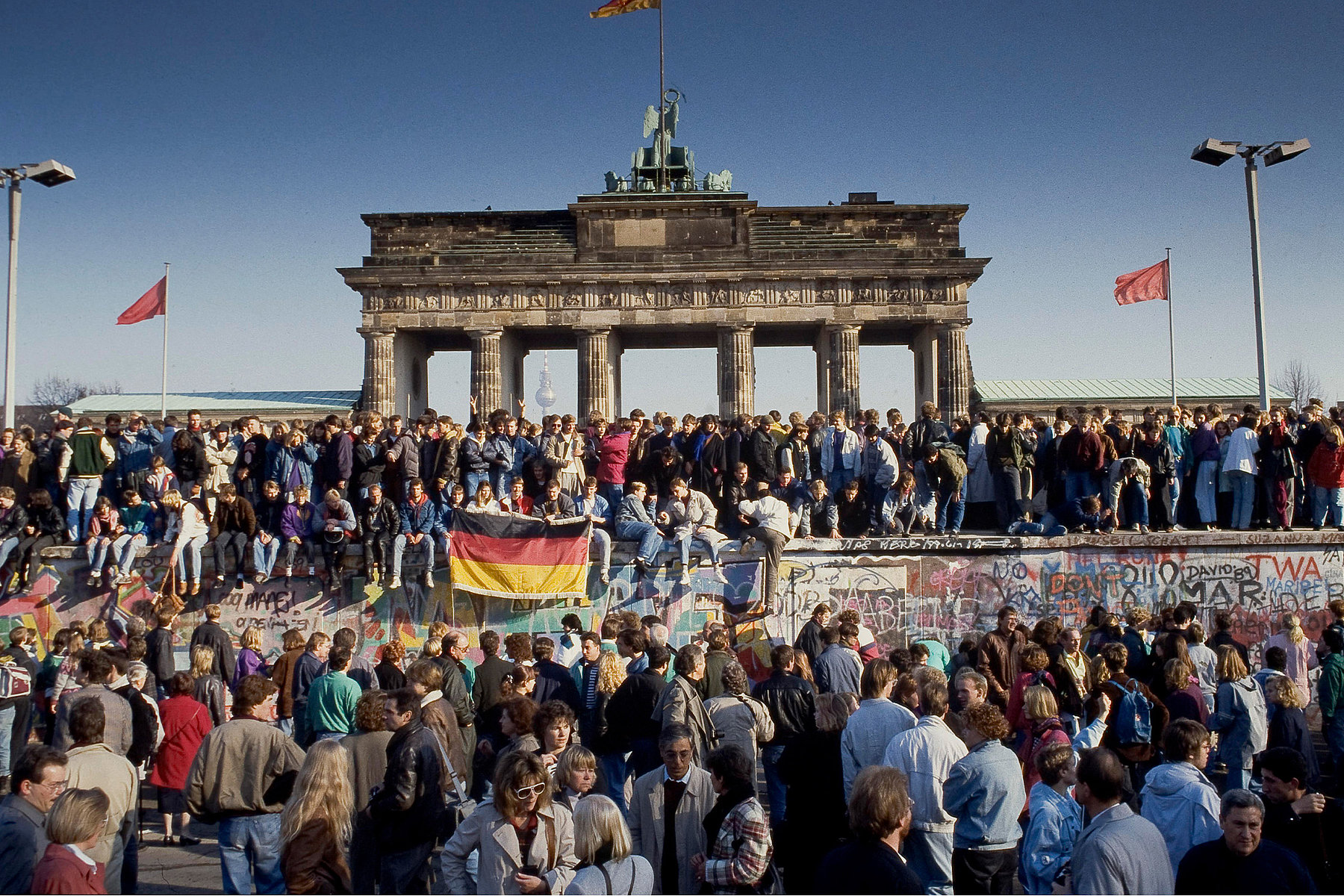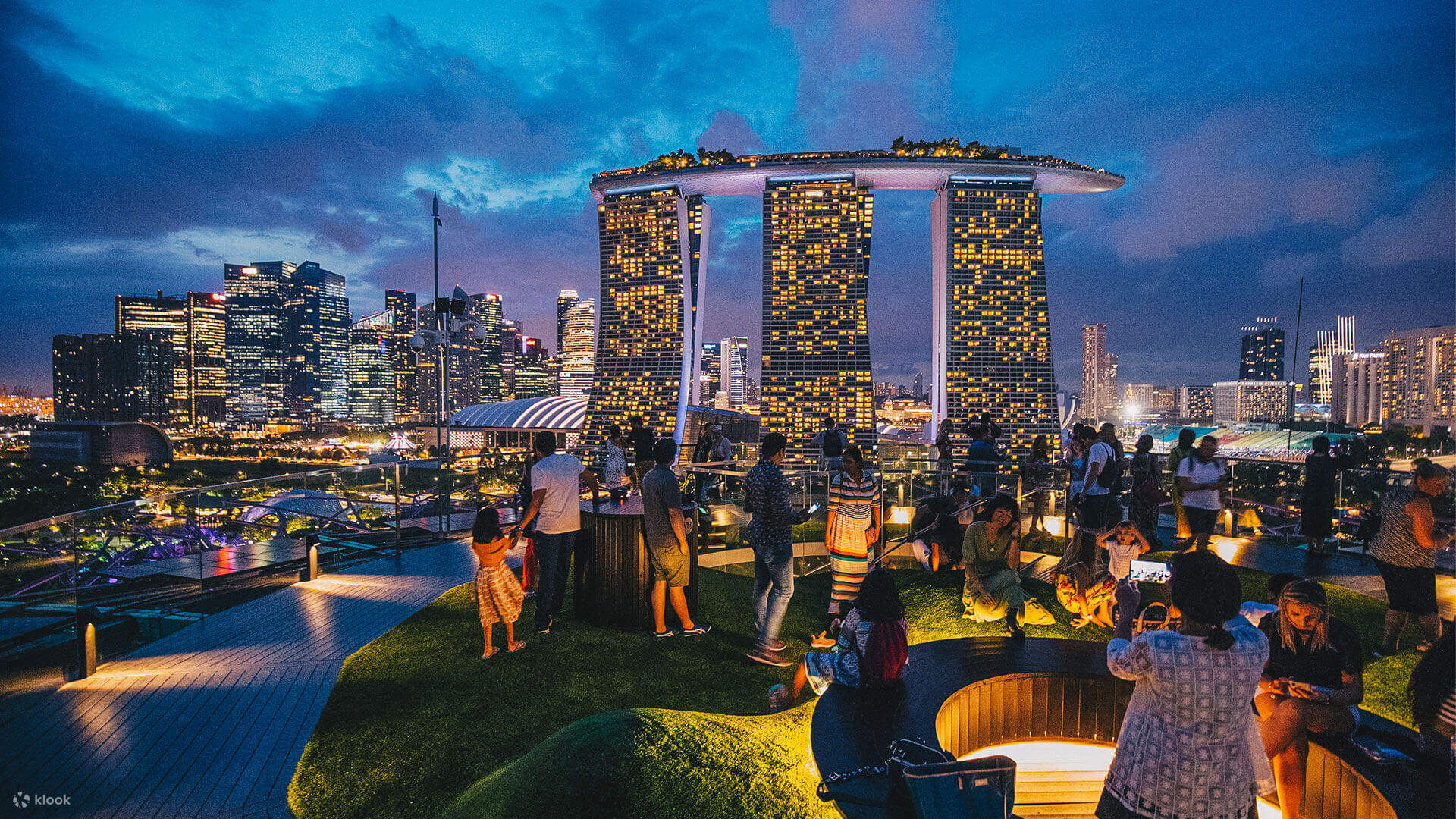-
Table of Contents
“Berlin, Germany – Uniting History at the Brandenburg Gate and Berlin Wall”
Berlin, the capital city of Germany, is a vibrant and historically significant destination. One of its most iconic landmarks is the Brandenburg Gate, a neoclassical monument that has become a symbol of unity and peace. Another significant historical site in Berlin is the Berlin Wall, which once divided the city into East and West Berlin during the Cold War. These two landmarks hold immense historical and cultural importance, attracting visitors from around the world.
The Historical Significance of the Brandenburg Gate in Berlin, Germany
Berlin, Germany is a city rich in history and culture, with many iconic landmarks that tell the story of its past. One such landmark is the Brandenburg Gate, a symbol of both the city and the country as a whole. This majestic structure has witnessed significant historical events and has become a powerful symbol of unity and freedom.
The Brandenburg Gate was built in the late 18th century as a grand entrance to the city of Berlin. Designed by Carl Gotthard Langhans, it was inspired by the Propylaea, the gateway to the Acropolis in Athens. The gate consists of twelve Doric columns, forming five passageways, with a chariot on top, driven by the goddess of victory, Victoria.
Throughout its history, the Brandenburg Gate has witnessed numerous significant events. During the Napoleonic Wars, the gate was seized by French troops and adorned with a statue of Napoleon. However, after Napoleon’s defeat, the statue was removed, and the gate became a symbol of Prussian victory.
The gate’s most significant historical moment came during the division of Germany after World War II. With the construction of the Berlin Wall in 1961, the Brandenburg Gate became a symbol of the Cold War and the division between East and West Berlin. The gate stood in the “no man’s land” between the two sides, inaccessible to both East and West Berliners.
For nearly three decades, the Brandenburg Gate stood as a silent witness to the separation of families and the suppression of freedom. It became a powerful symbol of the struggle for reunification and the desire for freedom. The gate was a focal point for protests and demonstrations, with people gathering on both sides, demanding change.
When the Berlin Wall finally fell in 1989, the Brandenburg Gate became a symbol of hope and unity. It was reopened to the public, and people from both sides of the city flocked to the gate to celebrate the end of the division. The gate became a site of joy and celebration, as people climbed on top of it, waving flags and singing songs of unity.
Today, the Brandenburg Gate stands as a symbol of Germany’s reunification and a reminder of the struggles and triumphs of the past. It is a popular tourist attraction, visited by millions of people each year. The gate serves as a reminder of the importance of freedom and unity, and the need to protect these values.
In addition to its historical significance, the Brandenburg Gate is also an architectural masterpiece. Its neoclassical design and grandeur make it a stunning sight to behold. The gate is beautifully illuminated at night, creating a magical atmosphere that draws visitors in.
Visiting the Brandenburg Gate is a must for anyone traveling to Berlin. It is a place where history comes alive, and where one can reflect on the past and appreciate the progress that has been made. Standing in front of the gate, one can’t help but feel a sense of awe and reverence for the events that have unfolded here.
In conclusion, the Brandenburg Gate in Berlin, Germany, holds immense historical significance. From its construction as a grand entrance to the city, to its role as a symbol of division during the Cold War, and finally, its transformation into a symbol of unity and freedom, the gate has witnessed and represented the struggles and triumphs of the German people. Today, it stands as a powerful reminder of the importance of freedom and unity, and a testament to the resilience of the human spirit.
Exploring the Berlin Wall: A Symbol of Division and Reunification
Berlin, Germany – Brandenburg Gate and Berlin Wall
Exploring the Berlin Wall: A Symbol of Division and Reunification
Berlin, the capital city of Germany, is a city rich in history and culture. One of the most iconic landmarks in Berlin is the Brandenburg Gate, a symbol of the city’s unity and resilience. However, just a short distance away lies another significant historical site – the Berlin Wall. The Berlin Wall, which once divided the city into East and West, stands as a powerful reminder of the division and subsequent reunification of Germany.
The construction of the Berlin Wall began on August 13, 1961, under the orders of the German Democratic Republic (GDR) government. The wall was built to prevent East Germans from fleeing to the West, as the GDR sought to stop the mass exodus of its citizens. The wall stretched for 96 miles, encircling West Berlin and cutting off its inhabitants from the rest of East Germany.
For nearly three decades, the Berlin Wall stood as a physical and ideological barrier, separating families and friends. It became a symbol of the Cold War and the division between the communist East and the democratic West. The wall was heavily fortified, with guard towers, barbed wire, and a “death strip” that served as a no-man’s-land between the two sides.
The fall of the Berlin Wall on November 9, 1989, marked a pivotal moment in history. It was a result of the peaceful protests and growing demands for freedom and democracy in East Germany. The fall of the wall symbolized the end of the Cold War and the reunification of Germany. Today, the remnants of the Berlin Wall serve as a powerful reminder of the city’s tumultuous past and the triumph of unity over division.
Visitors to Berlin can explore the Berlin Wall and gain a deeper understanding of its significance. One of the most popular sections to visit is the East Side Gallery, a 1.3-kilometer stretch of the wall that has been transformed into an open-air gallery. Artists from around the world have painted murals on the wall, depicting themes of freedom, peace, and unity. Walking along the East Side Gallery, visitors can witness the creativity and resilience of the human spirit.
Another important site to visit is the Berlin Wall Memorial, located near Bernauer Strasse. This memorial offers a comprehensive look at the history of the wall, with informative exhibits and preserved sections of the original wall. Visitors can also see a watchtower and a reconstructed section of the “death strip,” providing a chilling glimpse into the harsh reality of life under the wall’s watchful eye.
The Berlin Wall stands as a testament to the power of human determination and the desire for freedom. It serves as a reminder of the dark days of division and the ultimate triumph of unity. As visitors explore the remnants of the wall, they can reflect on the importance of preserving peace and working towards a world free from barriers and divisions.
In conclusion, the Berlin Wall is a symbol of both division and reunification. It represents a dark chapter in history when families and friends were torn apart, but it also symbolizes the triumph of unity and the power of the human spirit. As visitors explore the Berlin Wall, they can gain a deeper understanding of the city’s history and the importance of working towards a world without walls. Berlin, with its Brandenburg Gate and Berlin Wall, stands as a testament to the resilience and determination of its people.
Unveiling the Stories Behind Berlin’s Brandenburg Gate and Berlin Wall
Berlin, Germany – Brandenburg Gate and Berlin Wall
Berlin, the capital city of Germany, is a city steeped in history and culture. Two iconic landmarks that have come to symbolize the city’s tumultuous past are the Brandenburg Gate and the Berlin Wall. These structures hold within them stories of triumph, division, and reunification, and serve as reminders of the resilience and strength of the German people.
The Brandenburg Gate, located in the heart of Berlin, is an imposing neoclassical monument that has witnessed significant historical events. Built in the late 18th century, it was originally designed as a symbol of peace and unity. However, throughout its existence, it has also been a witness to war and division. During World War II, the gate suffered extensive damage, but it was meticulously restored after the war to its former glory. Today, it stands as a symbol of Germany’s reunification and serves as a gateway to the city’s vibrant cultural and political life.
Just a few kilometers away from the Brandenburg Gate lies another iconic structure – the Berlin Wall. Erected in 1961, the wall was a physical barrier that divided the city into East and West Berlin, separating families and friends for nearly three decades. The wall was a stark symbol of the Cold War and the ideological divide between the communist East and the democratic West. It was heavily fortified, with guard towers, barbed wire, and a “death strip” that claimed the lives of many who attempted to cross it.
The fall of the Berlin Wall in 1989 marked a turning point in history. It was a moment of immense joy and celebration as East and West Berliners came together to tear down the wall that had kept them apart for so long. The wall became a canvas for artists from around the world, who covered it with colorful murals and messages of hope and unity. Today, fragments of the wall can still be found throughout the city, serving as a reminder of the power of unity and the triumph of the human spirit.
Visiting the Brandenburg Gate and the Berlin Wall is a powerful experience that allows visitors to delve into the history of Berlin and reflect on the resilience of its people. Standing in front of the Brandenburg Gate, one can’t help but feel the weight of history and the significance of this iconic structure. Walking along the remnants of the Berlin Wall, one can imagine the division and pain that once existed, but also the hope and determination that led to its downfall.
Berlin has transformed itself into a city that embraces its past while looking towards the future. The Brandenburg Gate and the Berlin Wall serve as reminders of the city’s complex history, but they also symbolize the strength and resilience of the German people. They stand as testaments to the power of unity and the importance of remembering the past to shape a better future.
In conclusion, the Brandenburg Gate and the Berlin Wall are two iconic landmarks that hold within them stories of triumph, division, and reunification. They are symbols of Berlin’s rich history and serve as reminders of the resilience and strength of the German people. Visiting these landmarks allows one to delve into the past and reflect on the power of unity and the triumph of the human spirit. Berlin, with its vibrant cultural and political life, continues to embrace its history while looking towards the future.In conclusion, Berlin, Germany is a city rich in history and culture. The Brandenburg Gate stands as a symbol of unity and peace, while the Berlin Wall serves as a reminder of the city’s divided past. Both landmarks hold significant importance in shaping Berlin’s identity and attracting visitors from around the world.




